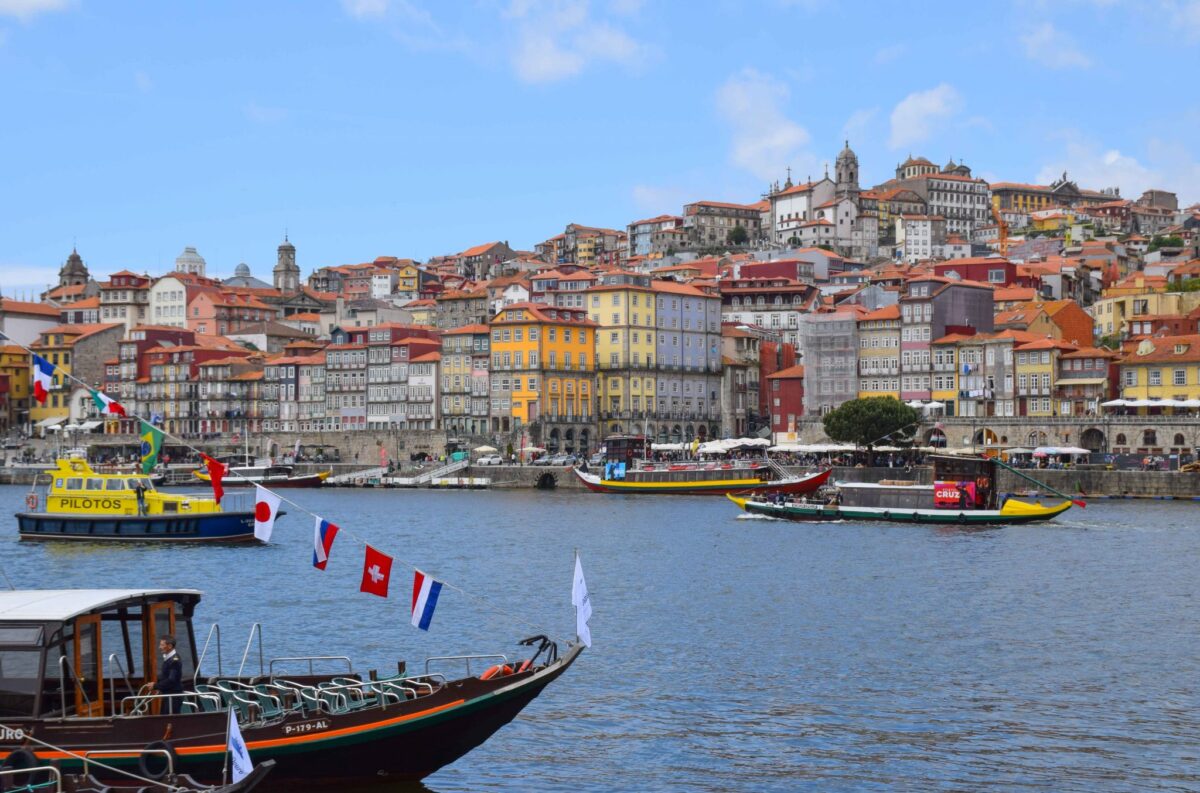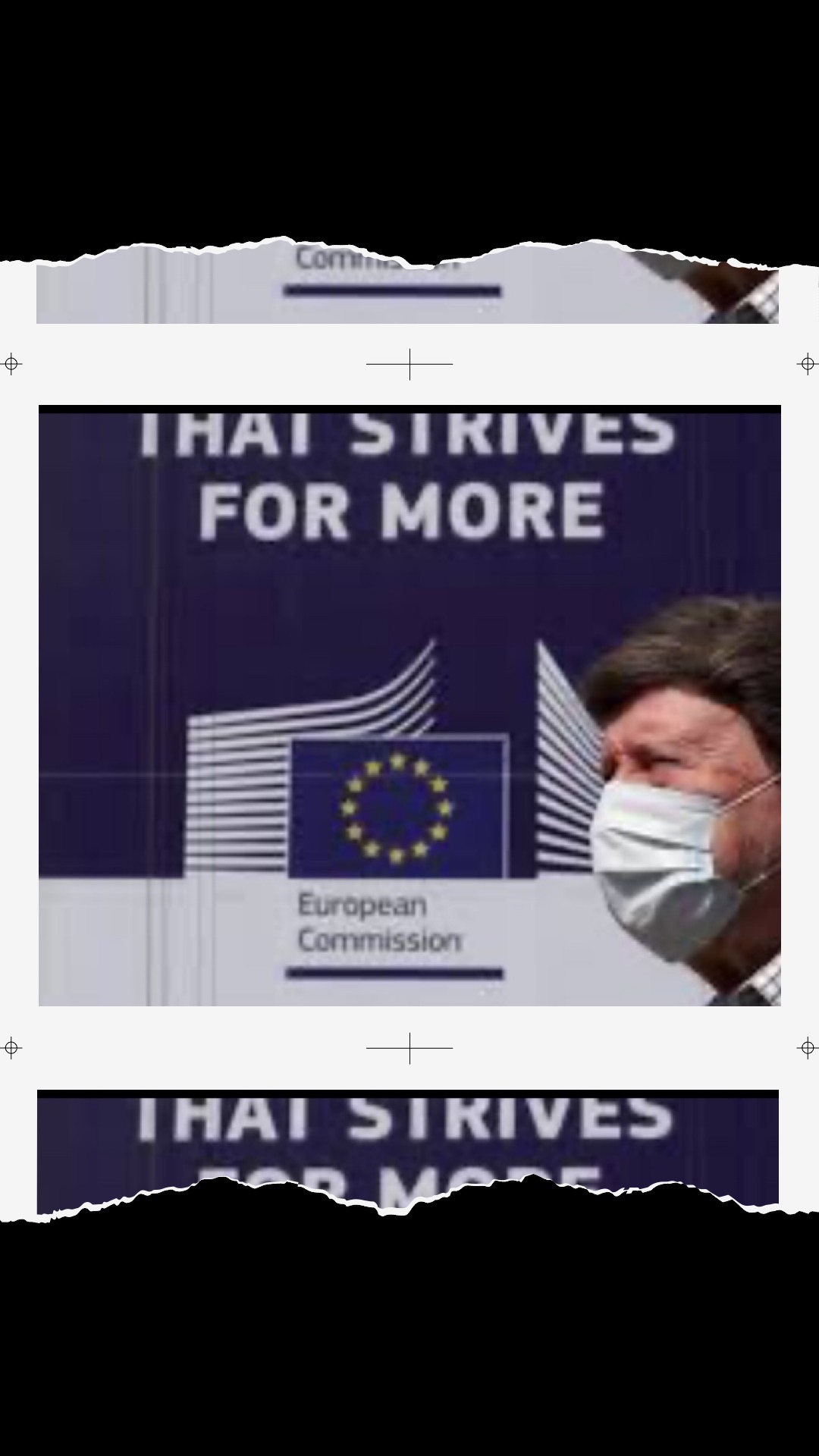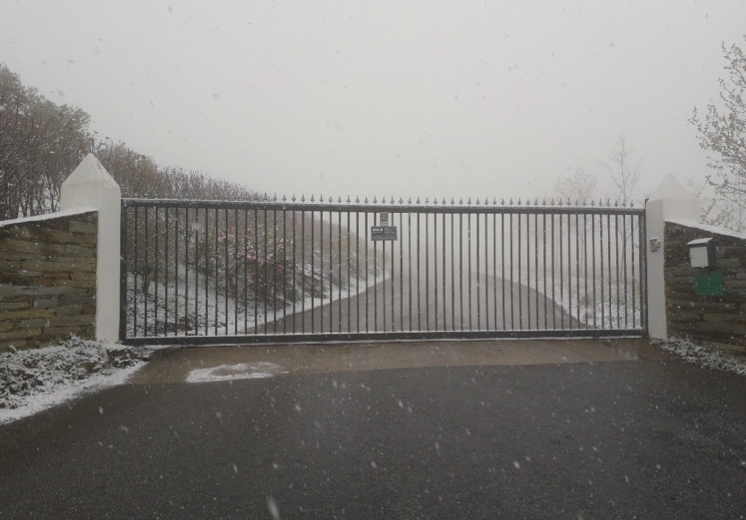Exports of Portuguese wines increased by 14.5 % in volume and 19.3 % in value, during the first six months of 2021, reaching almost €436 million.
“Portuguese wine exports had very positive behavior in the first half of 2021, registering a remarkable increase, both in value and in quantity, when compared to the same period of 2020: 14.5 % in volume, 19.3 % in value and 4.2 % in average price”, stated the Ministry of Agriculture.
Between January and June, Portuguese wine exports stood at €435.6 million, €70.5 million more than last year.
With regards to the community market, exports advanced 14.6 % in volume and 19 % in value in the first half of the year, while the average price grew by 3.8 %.
In turn, exports to third countries increased 14.4 % in volume and 19.6 % in value until June, compared to the same period in 2020.
France, United States, United Kingdom, Brazil and Germany were the most important markets during this period.
According to data from the National Institute of Statistics (INE), quoted by the Ministry of Agriculture, the agri-food complex grew 8.4 % in the first semester, compared to the same period of 2020.
“This is another sign of the sector’s resilience and capacity to adapt to the situation of a serious health crisis that we are still going through. The Ministry of Agriculture has always been on the side of producers and companies, with the necessary measures to guarantee predictability and stability in this period of greater uncertainty”, said the Minister of Agriculture, Maria do Céu Antunes.
#wine #winenews #wineeconomics #winelovers #portugal #Portuguesewine #instawine #winesofportugal #wineexports #vinho #vinhoverde #whitewine #redwine





